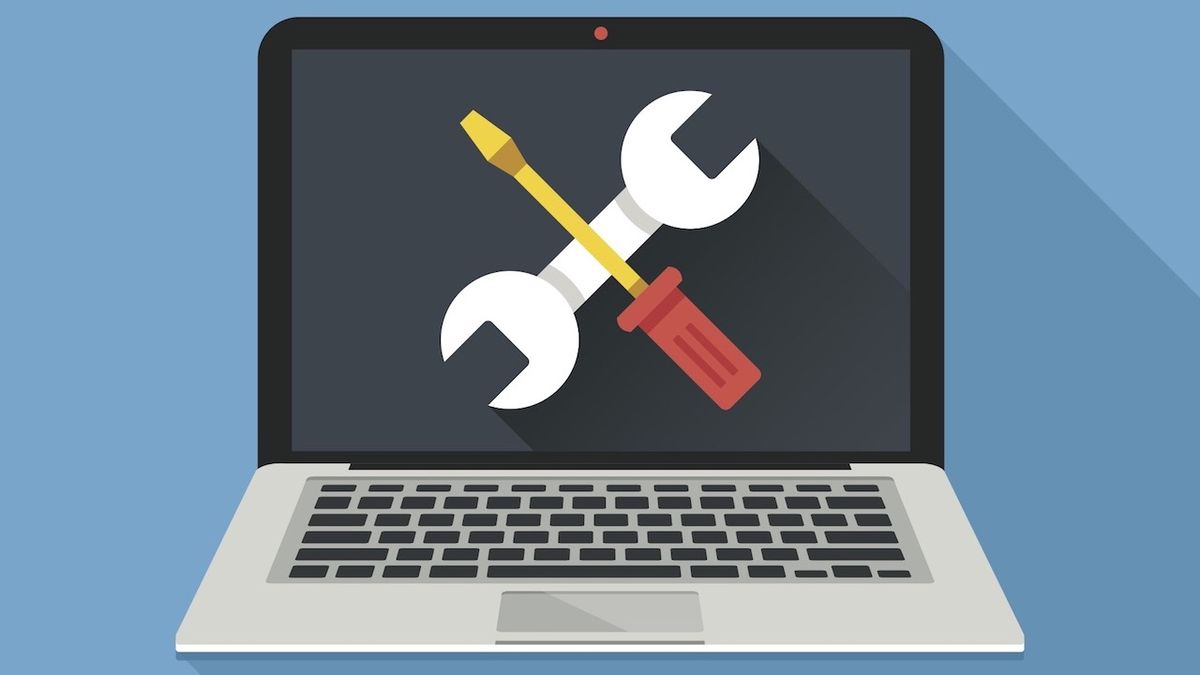Troubleshooting and support has traditionally occurred remotely. But now, with the pandemic, many helpdesks have become as far flung as the users themselves. Since March, AV/IT tech managers have been forced to grapple with the inevitable challenges presented by work-from-home mandates, and they’re learning how to provide better support as a result.
The Foothill-De Anza Community College District in Los Altos Hills, CA is comprised of Foothill College and De Anza College. The district serves approximately 33,000 students per quarter, and employs around 2,000 (including both faculty and staff). Joseph Moreau, vice chancellor of technology and chief technology officer, explained that his organization—Educational Technology Services (ETS)—provides support for all administrative and academic computing functions for both colleges as well as the district’s central services organization. This includes support for wired and wireless networks, the telephone system, computer labs, end-user computing devices, enterprise applications, and security. Pre-pandemic, Moreau describes the district’s helpdesk as “pretty typical,” employing a work order system to manage requests and gathering data from those requests to address frequent issues.
Related: The Technology Manager's Guide to Transformative Classroom Solutions
Post-COVID, Moreau relayed, the district’s helpdesk operations have undergone some major changes, largely because around 1,800 of Foothill-De Anza’s employees are working from home—and will continue to do so until at least the spring of 2021. “Prior to COVID, we would provide a full set of support services for district-provided resources: the computer that we provide you, the applications that we provide to you, the network that’s available in your classroom or your office space,” he said. Support services were limited to this technology because the helpdesk didn’t have the resources to support employees’ personal devices. “But all bets are off now because we, as the employer, have said to people ‘You may not work at our physical site. You have to work from home or some other place of your determination.’” Predictably, this has expanded Foothill-De Anza’s service offering; now the helpdesk is obligated to provide support for home Wi-Fi networks (a prevalent challenge, Moreau noted), for example.

Emil Delgado is director of client services in the Office of Information Technology at Saint Peter’s University, which has campuses in Jersey City and Lyndhurst, NJ. Delgado’s department provides support for “forward-facing” AV/IT, such as classroom tech, event tech, and of course, user support to faculty, staff, and students. He noted that during lockdown, one of the big challenges his organization faced was dealing with the telephone. “We were no longer physically on campus, and our phone system doesn’t necessarily do a good job of forwarding to multiple people,” he said. As a result, prioritizing requests—determining who actually needed immediate help versus those who could go through a ticketing process—was complicated.
Delgado explained that his department addressed this by deploying a chatbot that would provide 24/7 tech support and quick-reference information, as well as live chat functionality so that users could exchange with a technician. “We also leveraged Google Meets [to provide] some face time and some interaction, as people are used to that,” he said.

At Foothill-De Anza, not all of the feedback the helpdesk receives is directly related to technology. “One of the things that we’ve discovered—particularly with our student population—is that they most certainly have connectivity challenges, but more often than not they have quiet study-space challenges,” Moreau said. In many cases, students reside in high-occupancy dwellings where space is at a premium—there simply isn’t anywhere to study in private. “We’ve always wanted to rely on helpdesk for data about the challenges our users have, so that we can improve our systems, our applications, and our services to address those so those problems are diminished or evaporate completely. But now I think we have to be aware of a whole host of other challenges that users are having that may not be fundamentally technology-based, but that’s the channel from which we learn about them.” AV/IT tech managers, he said, have a role to play here: “We’ve got to be able to feed that back to the institutional leaders and say, ‘OK, as we plan to return to a campus scenario, here’s what we’re hearing from users at the helpdesk.”
Delgado, too, is driving changes to his organization’s helpdesk operations—including some that he wanted to implement pre-COVID. “I came from a different institution where we used to schedule appointments to come in to the service desk, and one of the things that I wanted to institute when I first got here [four years ago] was that appointment system,” he said. This wasn’t possible, he said, due to resource limitations and the fact that people weren’t used to having to make appointments. “I think that this is now presenting me the opportunity to go back to that idea. We’re leveraging a lot more appointments—we’re making sure that we’re helping you remotely first, and only asking you to come in if there’s an absolute need. I don’t think we should let go of that.”
This fall, the students, faculty, and staff at Roger Williams University, in Bristol and Providence, RI, returned to campus (although some instruction continues to be delivered remotely). Samantha Marshall, service desk manager at RWU, recounted that many of the post-pandemic adjustments she and her team have made have been physical: a maximum of three support staff occupy the main service area; shared offices are now individual workspaces, which required relocating several team members to other areas on campus; and barriers—such as stanchions and Plexiglas at the main desk—prevent people from getting too close to one another. There are also approved routes one must take to access service areas, which require employees and visitors to pass by a temperature scanner before entering the premises. She added that staff must follow new cleaning protocols (workstations are sanitized several times throughout the day), and employees are tested for COVID on a regular basis.

While users may receive in-person support at RWU, Marshall explained that there is an increased emphasis on providing help remotely, either via Zoom or Kaseya remote monitoring and management software. Those users that require instructions on how to install an application or access the university’s cloud, for example, receive that information through the TeamDynamix ticketing system. Support technicians also provide help via LiveChat, and RWU recently deployed Microsoft Bookings to encourage users to schedule appointments, and thus reduce walk-in foot traffic. “Even if we do in-person support, a lot of times we’ll tell [the user] to go to the nearby table and set up their computer, and we can remote in to their computer via either Zoom or Kaseya and help them that way,” she said. “That was the big challenge that I faced with my staff: explaining to them that we can’t just have people standing at the desk. If the user doesn’t know how to do something and we need to help them and it will take more time, then they need an appointment.”
For Moreau, a key takeaway from this experience is that being forced to provide an expanded set of services isn’t necessarily a bad thing. “I think many colleges, universities, and districts across the country have had to draw a line somewhere and say, ‘Here’s what we support and here’s what we don’t support, because we can’t be all things to every person, as much as we might like to be,’” Moreau said. “One of the things we learned is that when we go back to substantial campus-based operations, the pandemic erased that line and we’re not going to be able to re-draw it. And that’s probably OK. It’s a good lesson that we learned as an IT organization in that we actually can do more than we thought. We don’t have to be so worried about opening a door that we were afraid was going to unleash a flood of support challenges that we simply weren’t prepared to address.”
This means—for Moreau at least—that the AV/IT helpdesk will no longer look the same as it did prior to COVID. “There’s this expectation—and hopefully it’s diminishing—that somehow it’s all going to be over and we’ll go back to the way things were, and that’s probably not going to happen for any of us,” he said. “And more importantly, it probably shouldn’t happen, because we’ve learned a lot during this time, and we’ve gotten better at supporting our institutions. We should take the lessons we’ve learned and be a better organization for it.”
Beyond the Helpdesk
There are those who believe that only AV/IT can support AV/IT… and then there are those like Joseph Moreau, vice chancellor of technology and chief technology officer at the Foothill-De Anza Community College District.
Like most educational institutions across the U.S., Foothill-De Anza has been a heavy Zoom user during the pandemic. Moreau explained that in rolling out Zoom-based learning, his department worked with the district’s online instruction program leadership to divide support duties: his department handles tasks such as account provisioning and integration with other enterprise systems, while the online instruction staff provides training on using Zoom itself. He said that in sharing these responsibilities, the district is delivering a better experience to both students and faculty. “It’s been a great partnership,” he said. “I think we’re going to have to continue to develop those partnerships, and we’re going to have to continue to sustain those over time.”
Carolyn Heinze is a freelance writer/editor.













